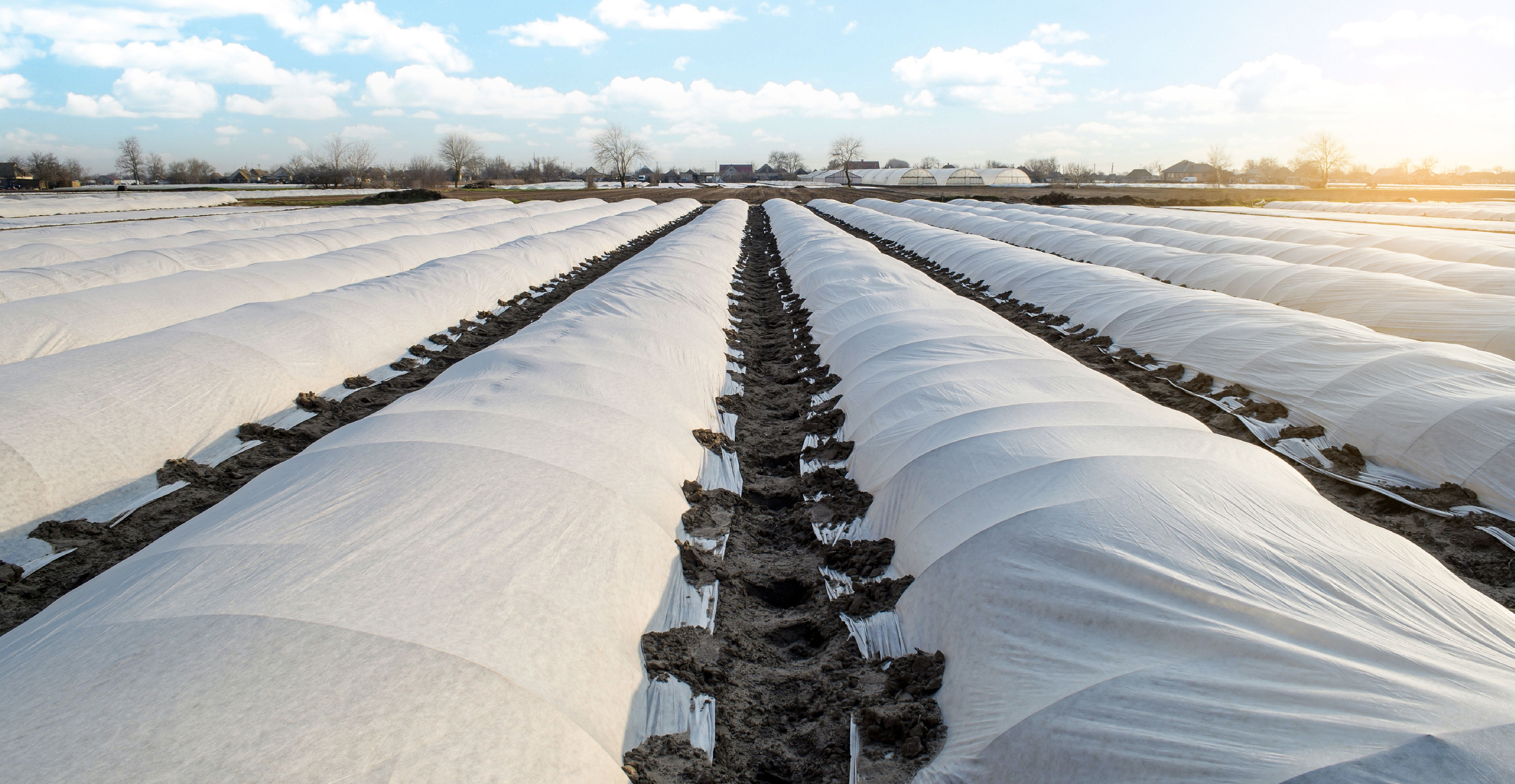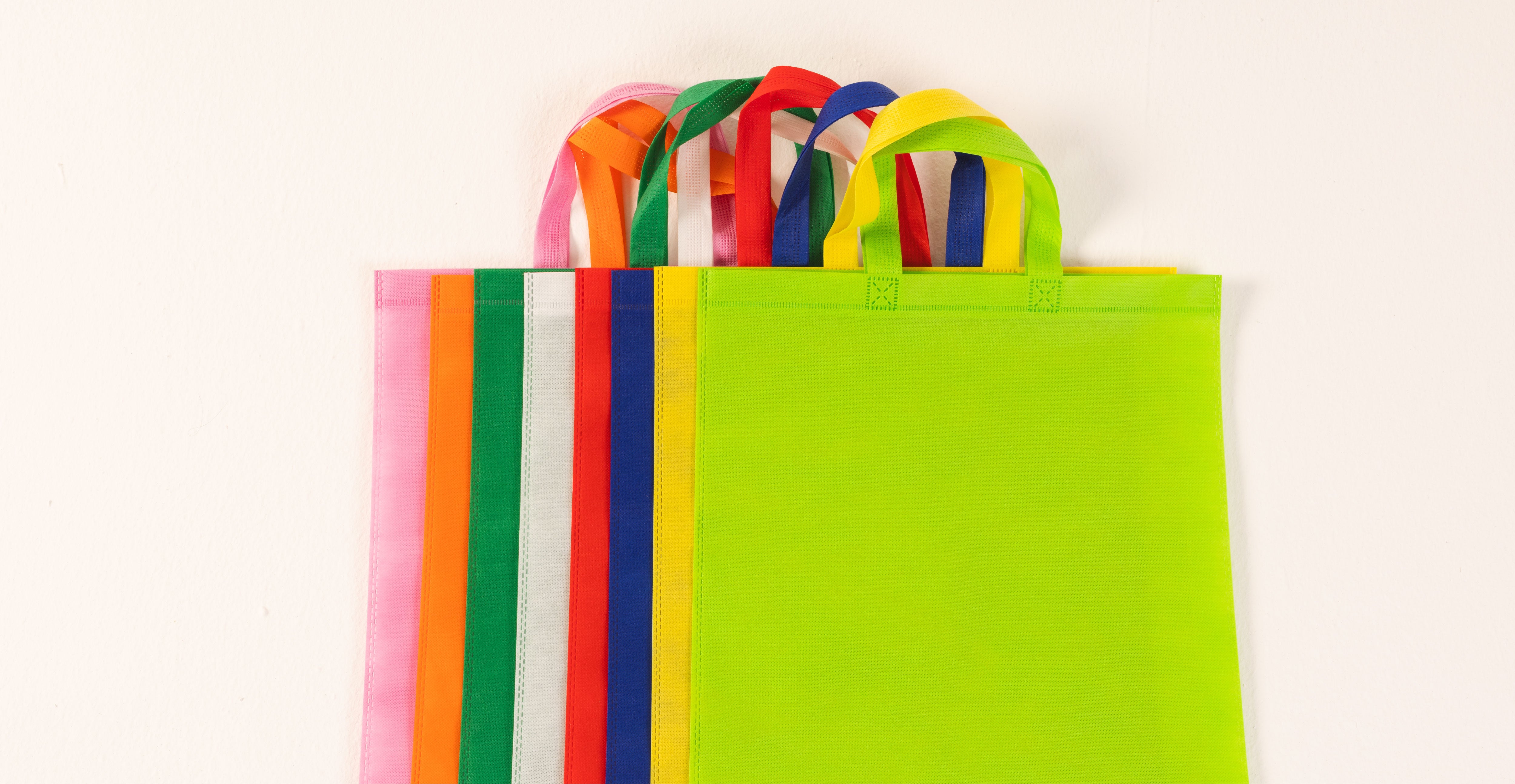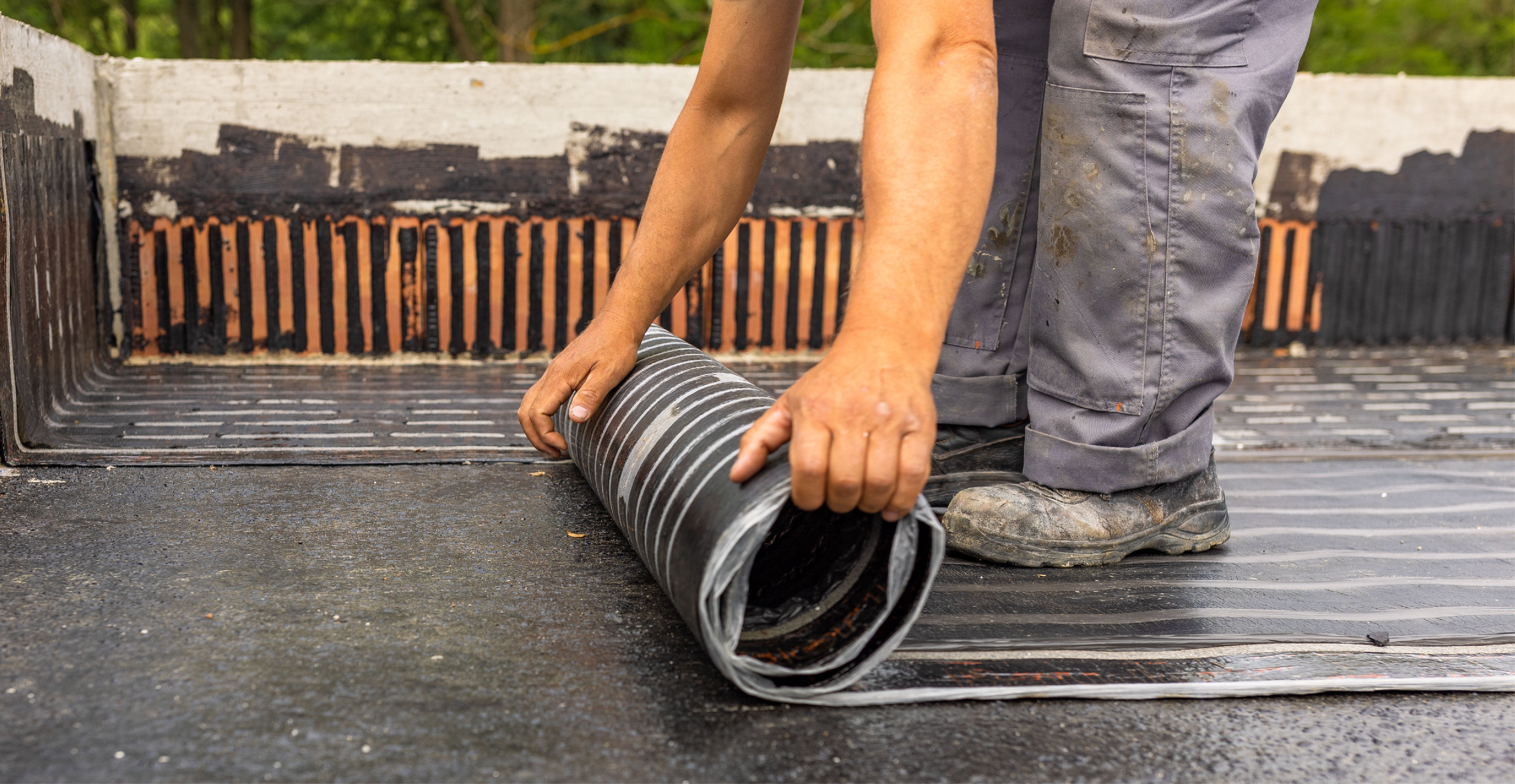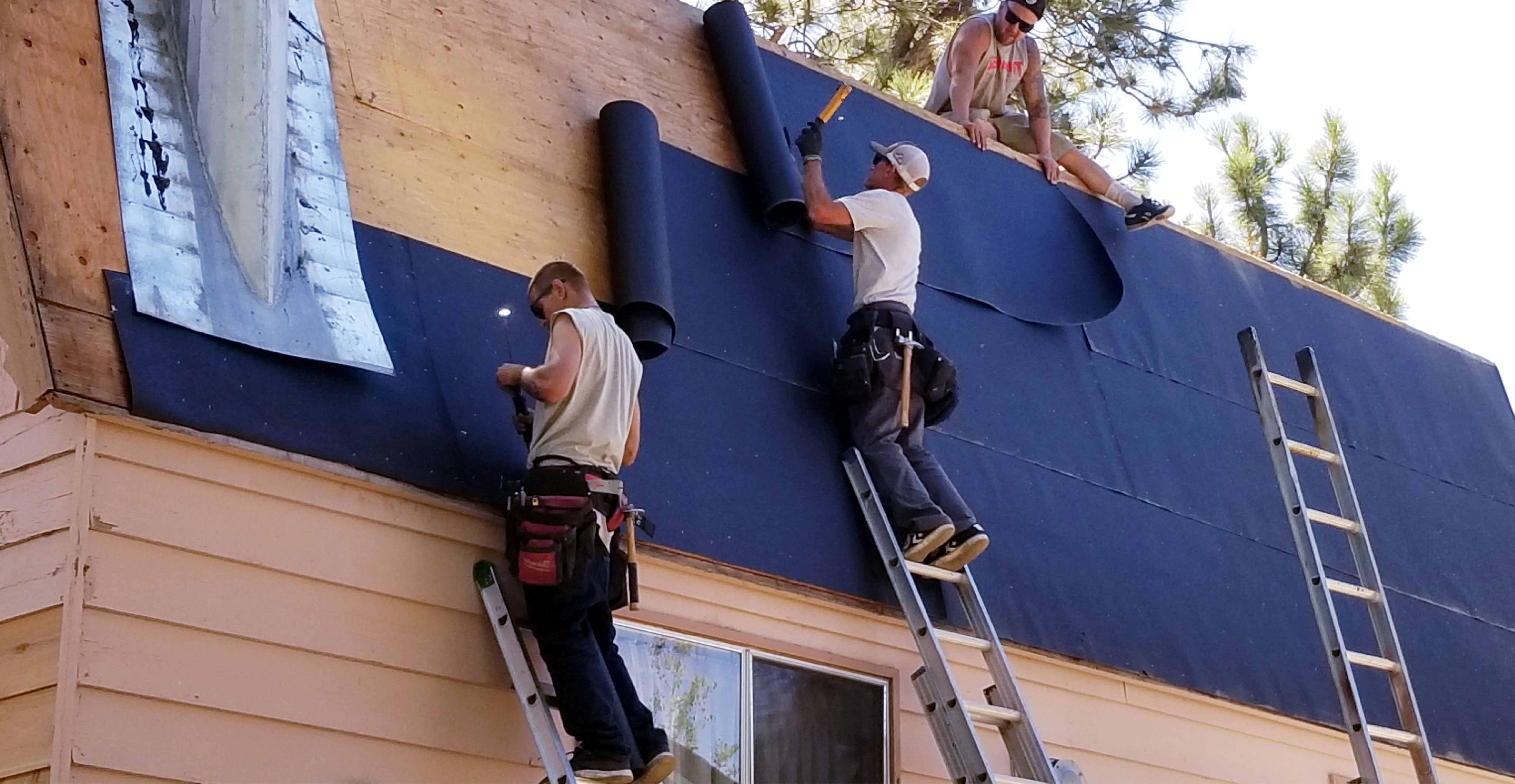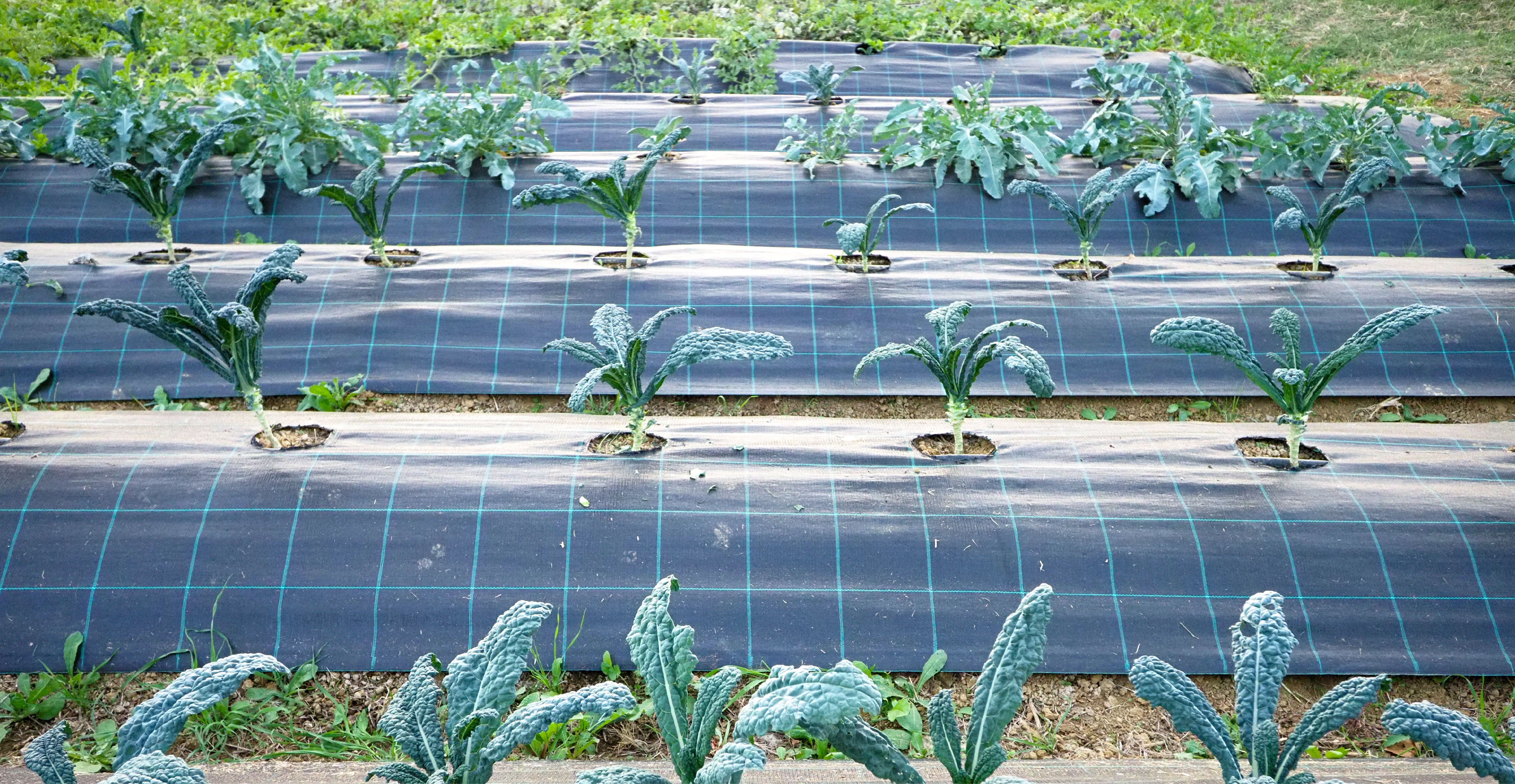
How Weed Control Fabrics Can Transform Your Garden!
If you’re a gardening enthusiast or a landscape professional, one of the biggest challenges you face is weed control. Weeds are not only unsightly, but they also compete with your precious plants for water, sunlight, and nutrients. What if we told you there’s an easier, more eco-friendly way to keep your garden weed-free without using harmful chemicals? Enter weed control fabric, the unsung hero of sustainable gardening.
In this blog, we’ll dive into the world of weed control fabrics, exploring how they work, their benefits, and why they’re a must-have for anyone looking to create a beautiful, low-maintenance garden. Plus, we’ll talk about the environmental advantages that come with making the switch to weed control fabrics. So, whether you’re a seasoned gardener or just starting out, read on to discover how these fabrics can transform your green space!
What is Weed Control Fabric?
Weed control fabric, also known as landscape fabric, is a permeable material used to block weeds while allowing water, air, and nutrients to pass through. Unlike traditional plastic sheeting, which suffocates the soil, weed control fabrics are designed to let your plants thrive while preventing unwanted weeds from growing.
Typically made from nonwoven or woven materials, these fabrics create a physical barrier that stops weed seeds from germinating in your soil. They are an eco-friendly solution to chemical herbicides, offering long-term results without harming the environment.
Why is Weed Control Fabric Important for Eco-Friendly Landscaping?
Using weed control fabric aligns perfectly with the principles of eco-friendly landscaping. Here’s why it’s a game-changer:
- Reduces Chemical Use
One of the biggest benefits of using weed control fabric is that it eliminates the need for chemical herbicides. Traditional weed killers often contain harmful chemicals that can leach into the soil and water systems, causing environmental damage. By using fabric, you can maintain a healthy garden without the use of toxic chemicals, keeping your plants and the surrounding ecosystem safe.
- Prevents Soil Erosion
Weed control fabric also helps in reducing soil erosion. The fabric provides a layer of protection that holds the soil in place, especially on slopes or areas prone to heavy rain. This prevents topsoil from being washed away, which is crucial for maintaining the nutrients in your garden.
- Water Conservation
Since the fabric allows water to pass through, it aids in water conservation. You can water your plants as usual, and the fabric will ensure that water reaches the roots without any waste. Plus, by preventing weed growth, you reduce competition for water, allowing your plants to absorb more moisture.
- Enhances Soil Health
Weed control fabrics promote better soil health by allowing air and nutrients to circulate freely. The fabric creates a breathable environment where your plants can grow stronger roots, which ultimately leads to healthier growth. Unlike plastic sheeting that traps heat and moisture, fabric ensures your soil stays cool and well-ventilated.
How Does Weed Control Fabric Work?
You might be wondering, “How exactly does this fabric stop weeds?” The answer lies in the way it’s designed. Weed control fabric acts as a physical barrier between the soil and the sun. Since weeds need sunlight to grow, the fabric effectively blocks their access to light, preventing them from sprouting.
At the same time, the fabric is porous, which means that water, air, and nutrients can still reach the roots of your desired plants. This makes it an ideal solution for both garden beds and larger landscaping projects.
Advantages of Using Weed Control Fabric
Here are some reasons why weed control fabric is such a popular choice for eco-conscious gardeners and landscapers:
- Long-Term Weed Prevention
One of the top advantages is long-term weed suppression. Once you lay the fabric, it can effectively prevent weed growth for several years. This cuts down on the amount of time and effort you spend weeding your garden, allowing you to focus on nurturing your plants.
- Easy to Install
Installing weed control fabric is incredibly simple. You just lay it over your soil, cut holes where your plants will go, and secure it with landscape pins. This makes it a great option for both DIY gardeners and professionals.
- Cost-Effective
Weed control fabrics are cost-effective in the long run. While there is an initial cost, it pays off quickly by reducing the need for costly herbicides and weeding labor. Plus, because it prevents weeds from taking over, you’ll save money on maintaining your garden.
- Protects Mulch and Other Ground Coverings
If you use mulch, gravel, or bark in your garden, weed control fabric can help prevent these materials from sinking into the soil. It provides a solid foundation, ensuring that your mulch stays in place and continues to look neat and tidy.
- Versatility
Weed control fabric can be used in a variety of settings, from flower beds and vegetable gardens to landscaping around trees and hardscaping. Whether you’re designing a small garden or managing a large landscaping project, weed control fabric is an adaptable solution.
Best Uses for Weed Control Fabric
- Flower Beds
Flower beds are notorious for weeds popping up and stealing the nutrients meant for your flowers. By installing weed control fabric in your flower beds, you can drastically reduce the number of weeds and let your flowers shine.
- Vegetable Gardens
In vegetable gardens, weeds compete with your crops for water, sunlight, and nutrients. Using weed control fabric in your vegetable garden can help protect your crops, ensuring that you get the highest yield possible.
- Pathways and Walkways
Weeds often grow through cracks in walkways and pathways, creating an unsightly mess. By installing weed control fabric underneath gravel, stones, or pavers, you can keep your pathways weed-free and looking great.
- Tree and Shrub Plantings
If you’re planting trees or shrubs, weed control fabric can help maintain a clean area around the plants. This not only makes the landscape look neater but also ensures that the trees and shrubs have enough nutrients to grow.
- Landscaping Around Hardscapes
When installing patios, decks, or retaining walls, you can place weed control fabric underneath to stop weeds from growing through the cracks. This helps maintain the structural integrity of the hardscape and keeps your outdoor space looking neat.
How to Install Weed Control Fabric: A Simple Guide
Now that you know the benefits of weed control fabric, here’s a quick guide on how to install it effectively.
Step 1: Prepare the Area
Clear the area of any weeds, debris, and rocks. Smooth out the soil to create a flat, even surface.
Step 2: Cut the Fabric
Lay out the weed control fabric and cut it to fit the area. If you’re working around plants, cut X-shaped slits where the plants will go.
Step 3: Secure the Fabric
Use landscape pins to secure the fabric to the ground. Make sure it’s taut and flat to avoid any gaps where weeds could sneak through.
Step 4: Add Mulch or Gravel
Once the fabric is in place, cover it with a layer of mulch, gravel, or bark. This not only improves the appearance but also provides an additional layer of weed protection.
Step 5: Maintain
While weed control fabric reduces the need for maintenance, it’s still important to check it periodically to make sure it hasn’t shifted or torn. Replace any damaged sections as needed.
Eco-Friendly Benefits of Weed Control Fabric
Using weed control fabric not only saves time but also contributes to sustainability. Here’s how:
- Reduces the Need for Chemicals: By eliminating the use of herbicides, you’re helping reduce chemical runoff into the soil and water systems.
- Promotes Healthy Soil: Weed control fabric allows air and water to reach your plants, promoting healthier soil and root systems.
- Lowers Maintenance Costs: Because the fabric is long-lasting and durable, you won’t need to constantly reapply chemicals or spend time pulling weeds.
- Environmentally Safe: The materials used in most weed control fabrics are non-toxic and safe for the environment.
Final Thoughts: Why You Should Use Weed Control Fabric
Weed control fabric is a practical, eco-friendly solution that benefits both your garden and the environment. It offers long-lasting protection, reduces the need for harmful chemicals, and makes garden maintenance a breeze. Whether you’re a home gardener or a landscape professional, incorporating weed control fabric into your projects can save time, money, and effort—all while promoting sustainable gardening practices.
So, why not give it a try? Your garden—and the planet—will thank you!
FAQs: Your Weed Control Fabric Questions Answered
- How long does weed control fabric last?
Most fabrics can last between 5-10 years, depending on the quality and how well it’s maintained.
- Does weed control fabric allow water to pass through?
Yes! Weed control fabric is designed to be permeable, allowing water, air, and nutrients to reach the soil.
- Can I plant through the fabric?
Yes, you can easily cut X-shaped slits in the fabric to plant flowers, vegetables, or shrubs.
- Do I need to add mulch or gravel on top of the fabric?
Yes, adding mulch, gravel, or another top layer helps weigh down the fabric, making it more effective in blocking weeds while also enhancing the garden’s appearance.
- Can weed control fabric be reused?
If it’s in good condition, yes. Weed control fabric can often be reused for new projects or re-laid after seasonal maintenance.
With this comprehensive blog, you have everything you need to know about why weed control fabric is a must for eco-friendly landscaping. It’s a simple, cost-effective, and environmentally conscious choice that helps keep your garden weed-free and thriving.
